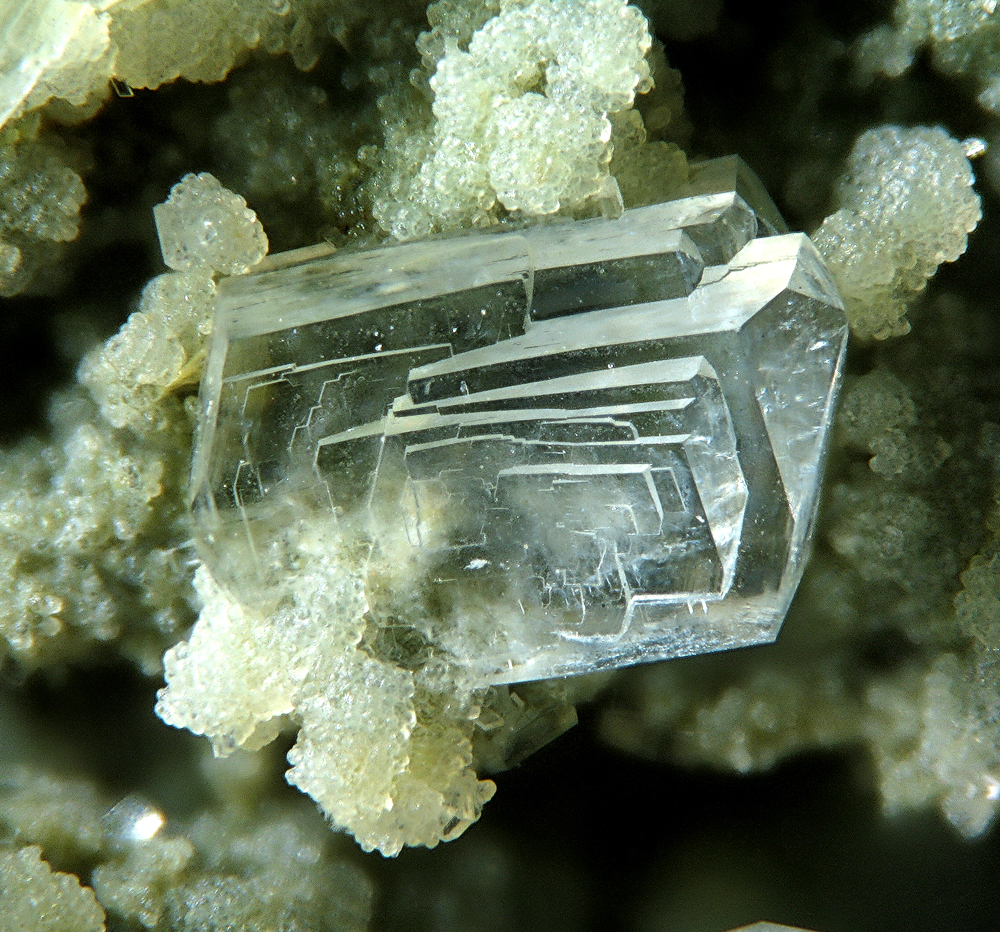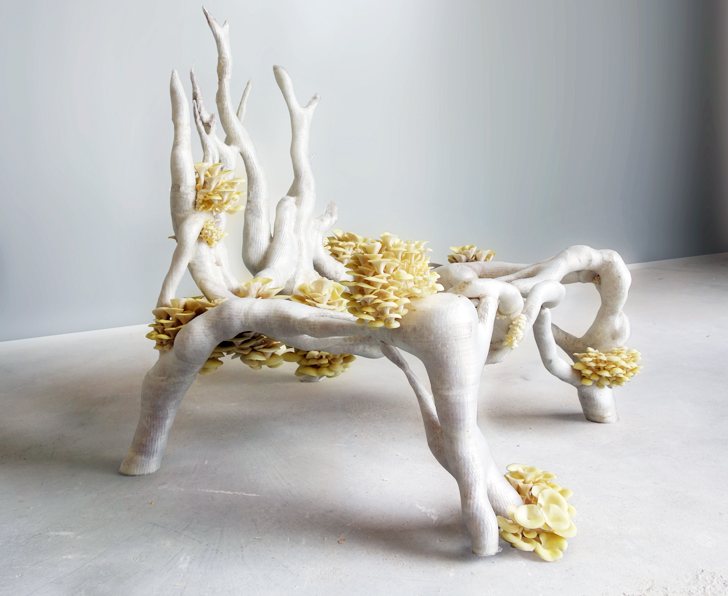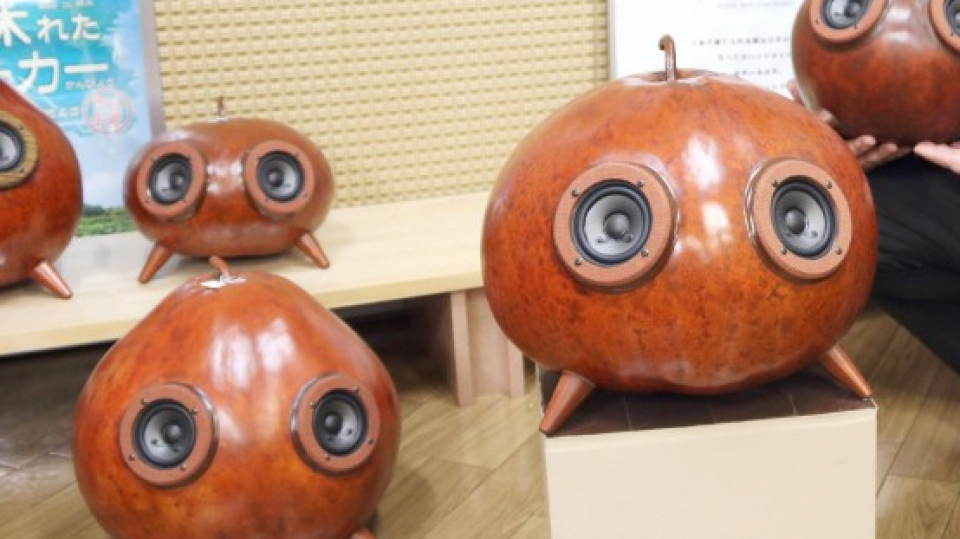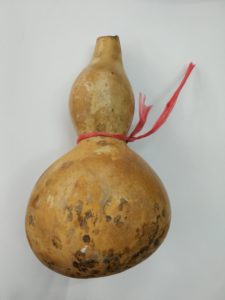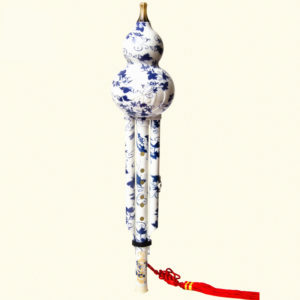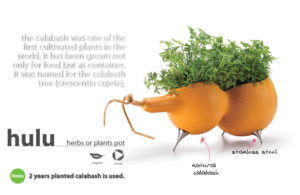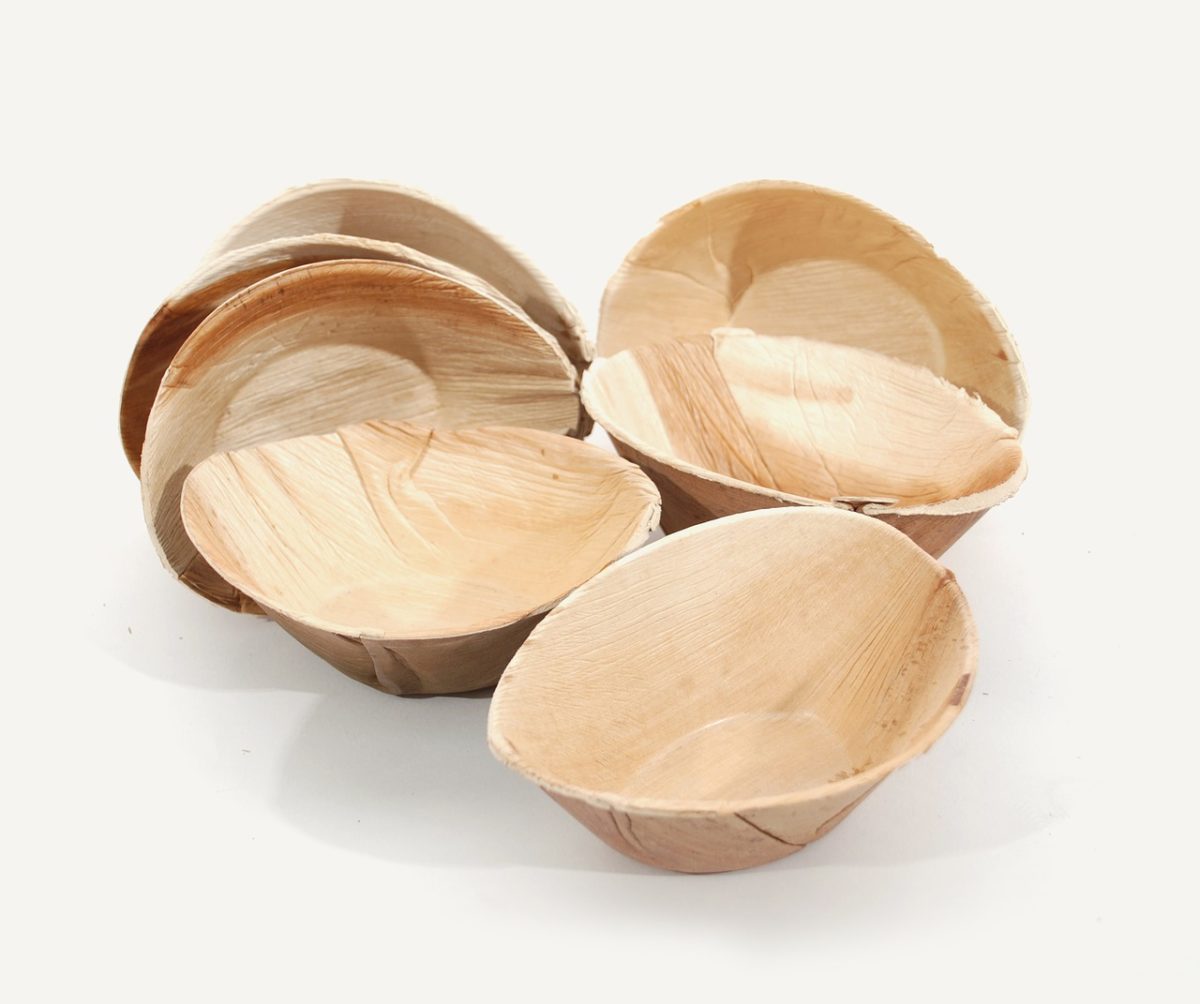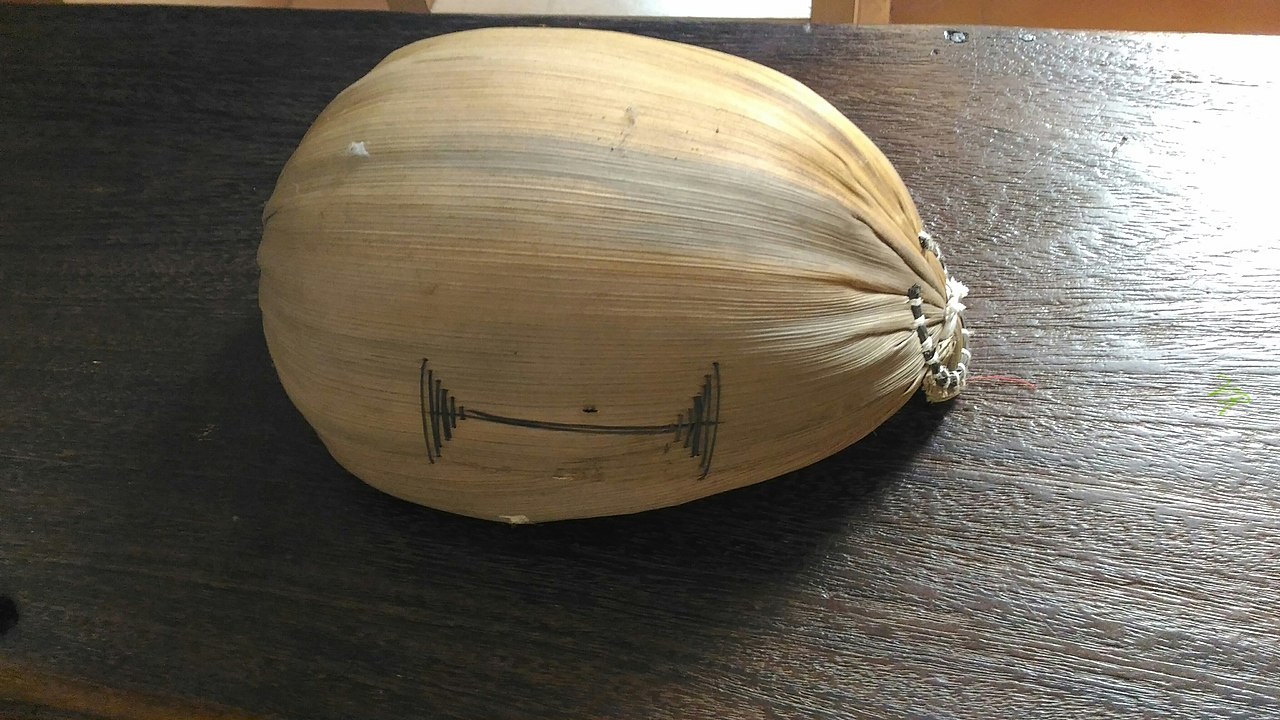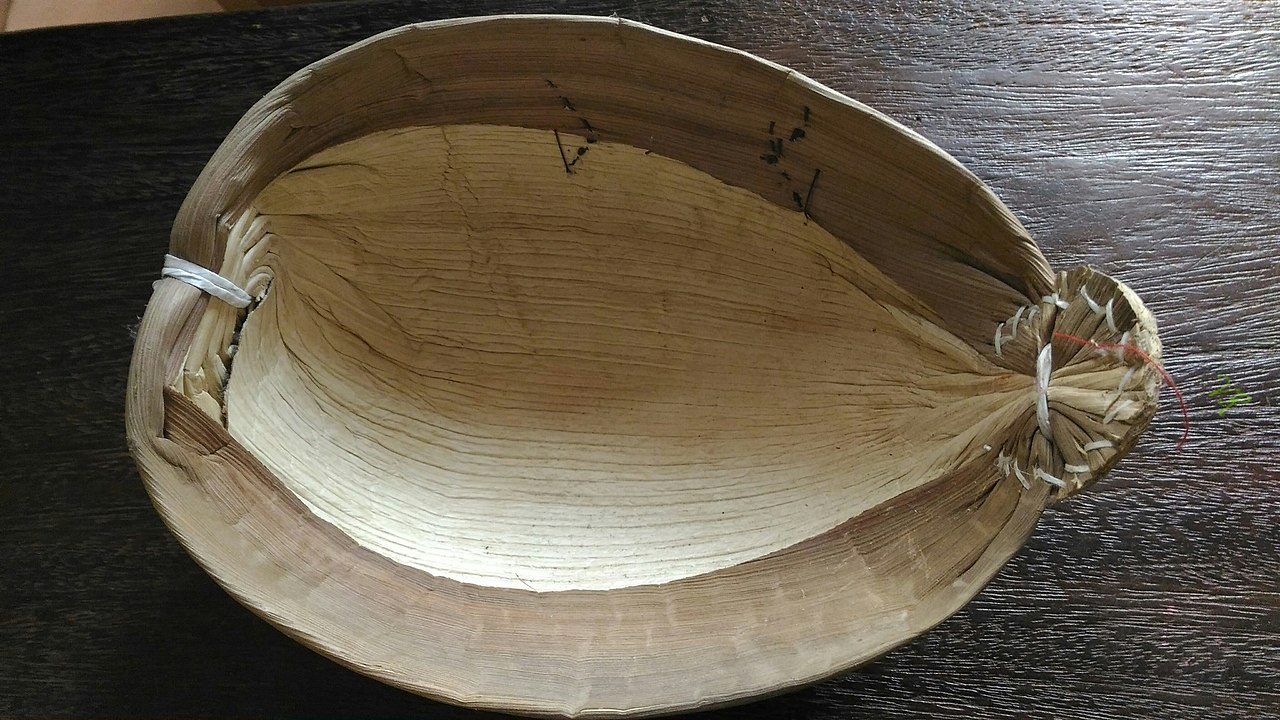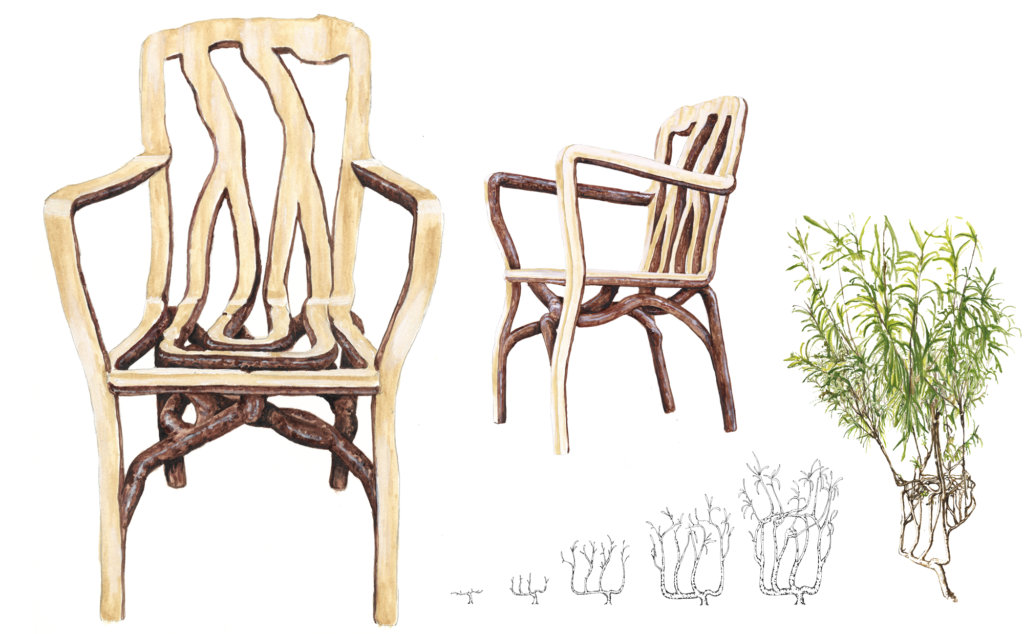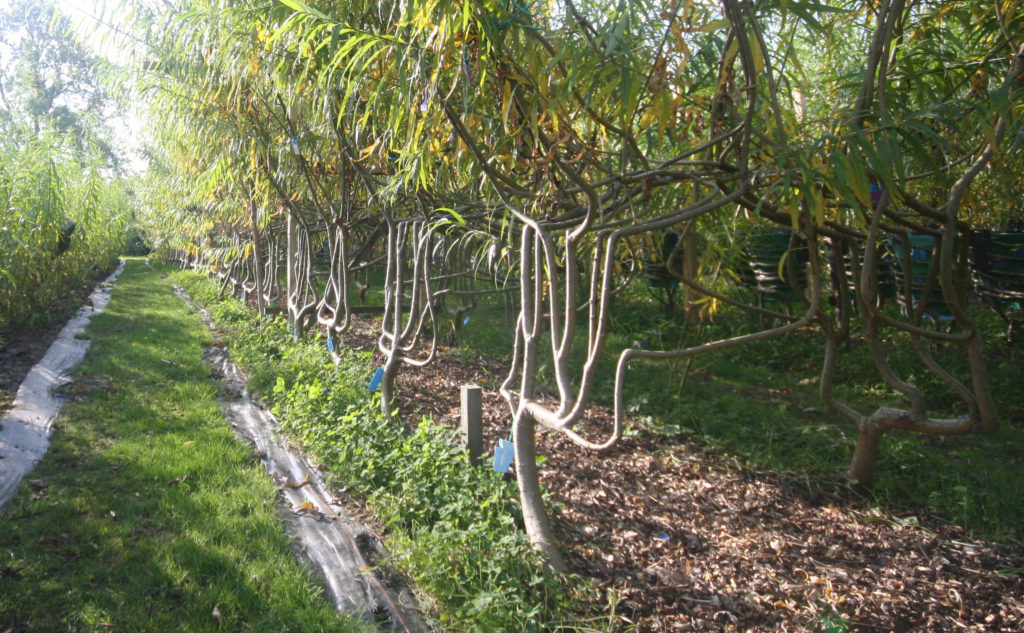Tree shaping is the art of manipulating the growth of trees to design them into a useful product. This can be done through various methods including simply guiding the direction of growth, grafting or aeroponic culture of roots.
The skill of shaping trees is known as Arbosculpture. The main idea is to avoid the multistage process of growing a tree, chopping it down, sawing into parts and then nailing or gluing it together of conventional carpentry and instead simply shape the tree as it grows. Many trees can be shapes in this way including poplar, apple, birch, willow, cherry, ash, plum, cedar, hazel and red alder trees.
Uses
Uses
- Buildings – there are several examples of designers experimenting with creating building structures by growing trees:
- The Patient Gardner – a design for a study retreat created by Visiondivision which is currently growing at the Politecno di Milano campus. The main two tier structure is being created out of 10 cherry trees which are being trained into dome shapes
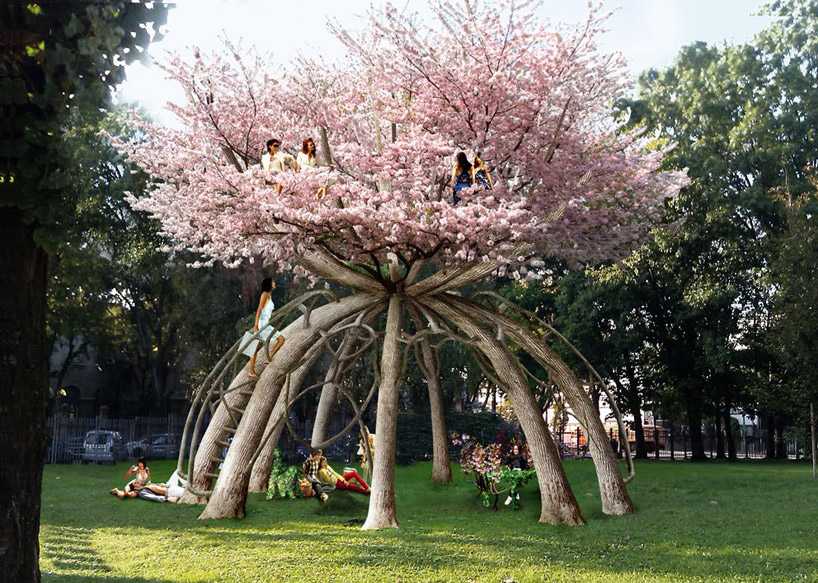 The Patient Gardner by Visiondivision
The Patient Gardner by Visiondivision
Processes
From Lazerhorse, there are the main ways of shaping trees:
1) Aeroponic Culture
Roots are grown above ground rather than below, sprayed with water and nutrients and remain flexible for longer than they would in the ground so that they can be manipulated.
2) Instant Tree Shaping
This is done on trees a couple of metres tall. You slowly bend the trees and keep them in unnatural positions until they start growing that way of their own accord.
3) Gradual Tree Shaping
This is similar to instant tree shaping but is started on very young saplings so the process is much longer.
4) Grafting
The limbs of certain trees (and other plants) can be joined by growing together, in part or as a whole, by cutting through the outer layer of the whole limb (usually at an angle).
More Information
- fullgrown.co.uk
- grown-furniture.co.uk
- http://www.lazerhorse.org/2013/09/15/arborsculpture-tree-shaping/
- http://www.wisegeek.com/what-is-arbosculpture.htm
- https://activities.tjhsst.edu/scifront/articles/arborsculpture.html
